Amelia Bjesse-Puffin
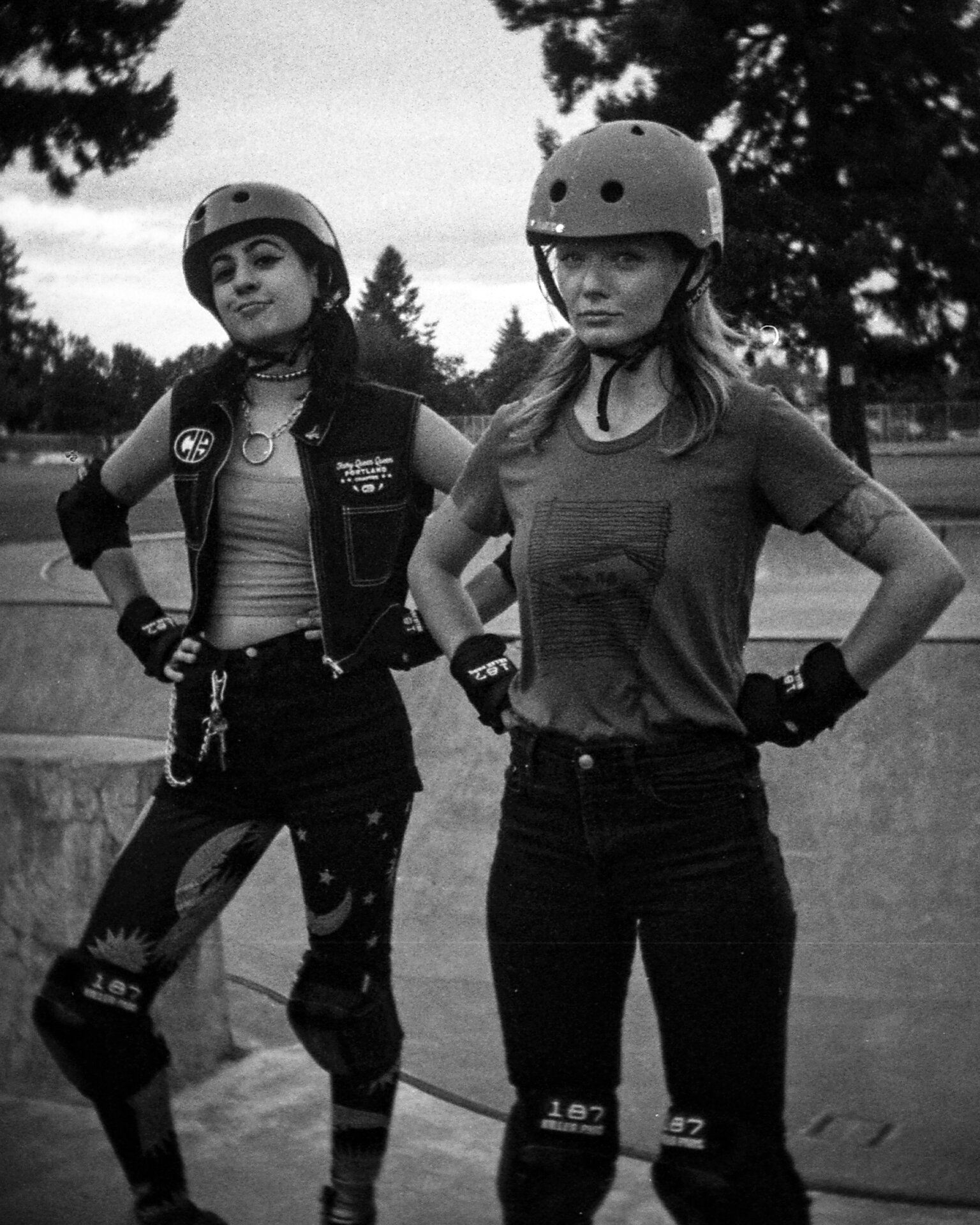
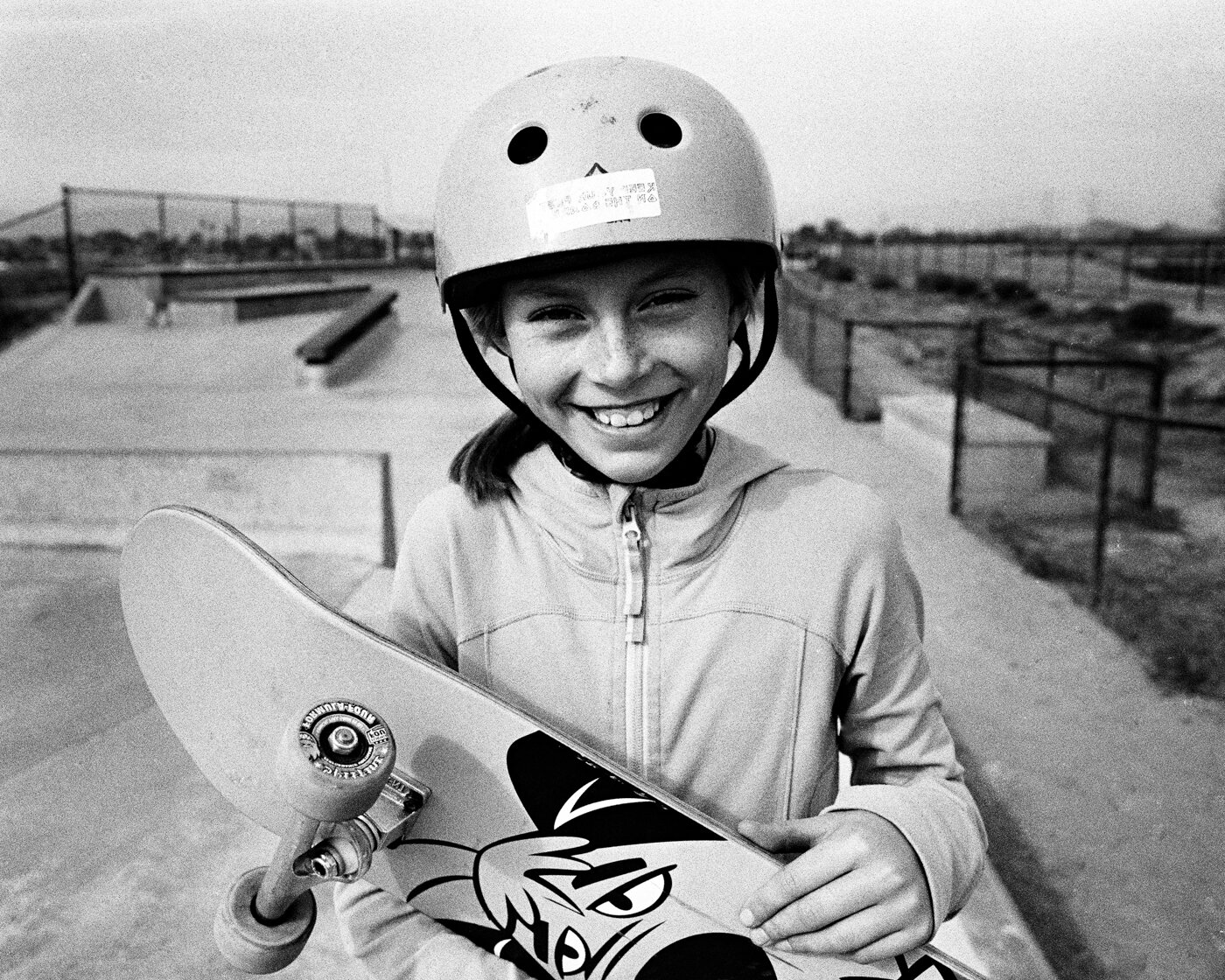
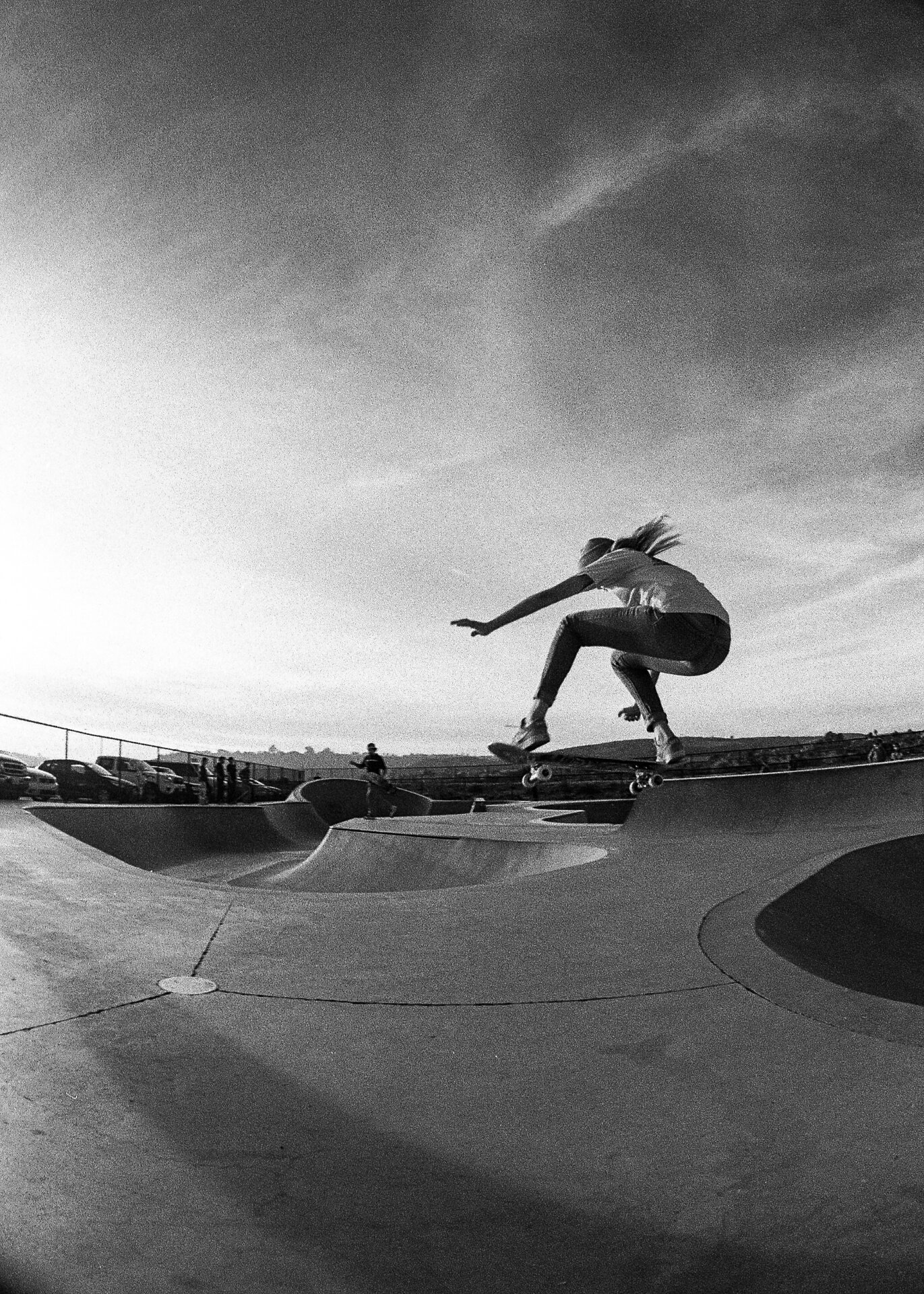

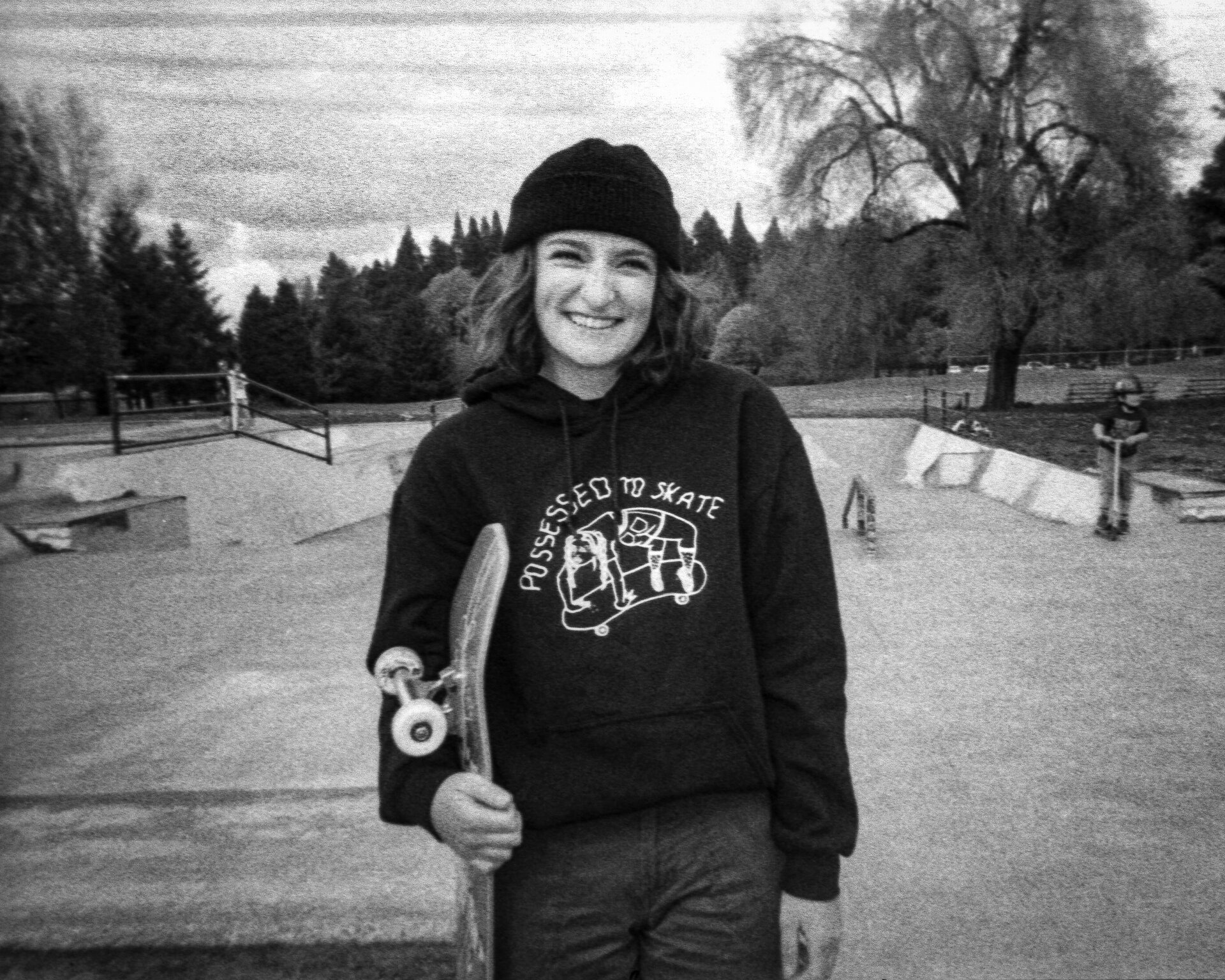

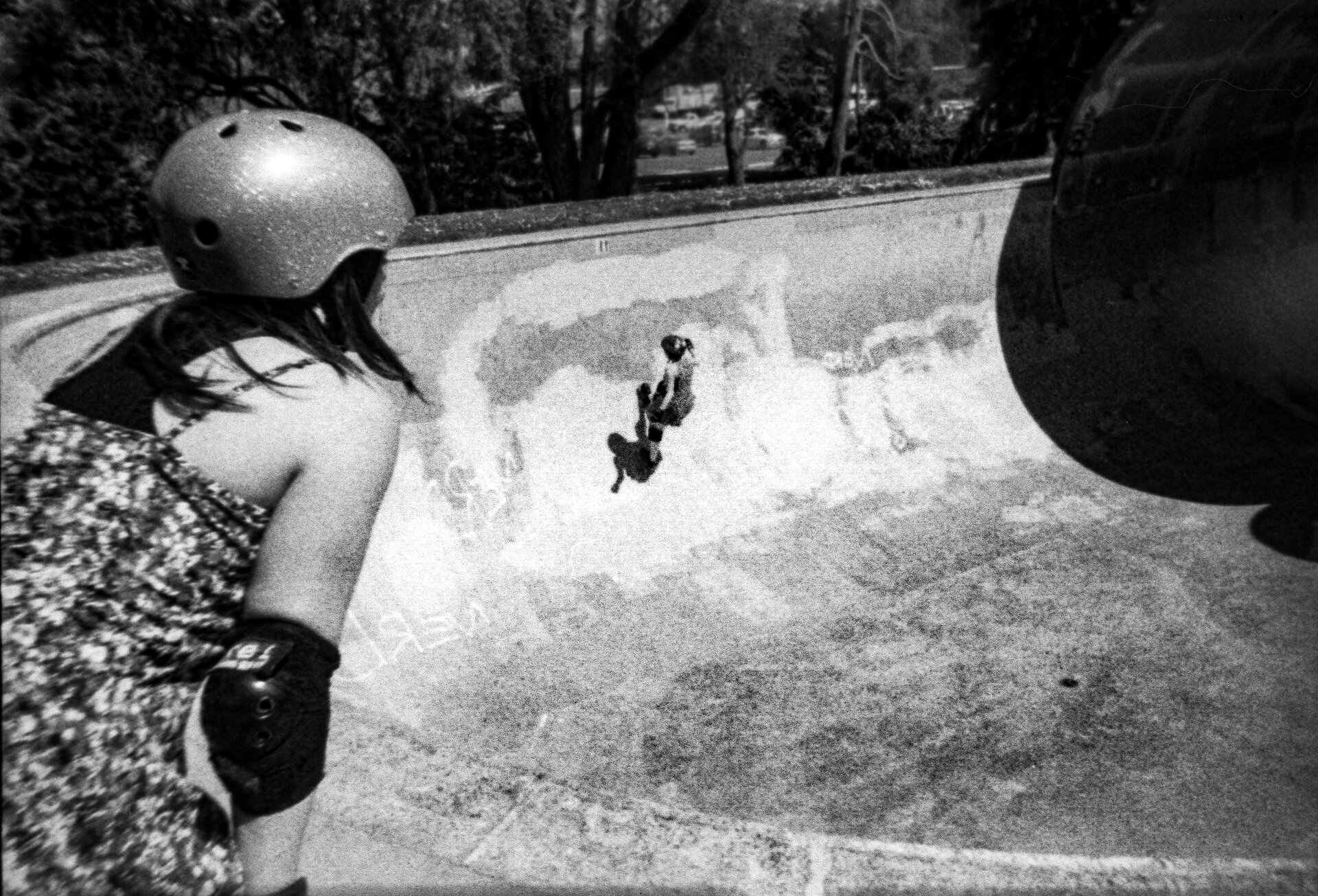
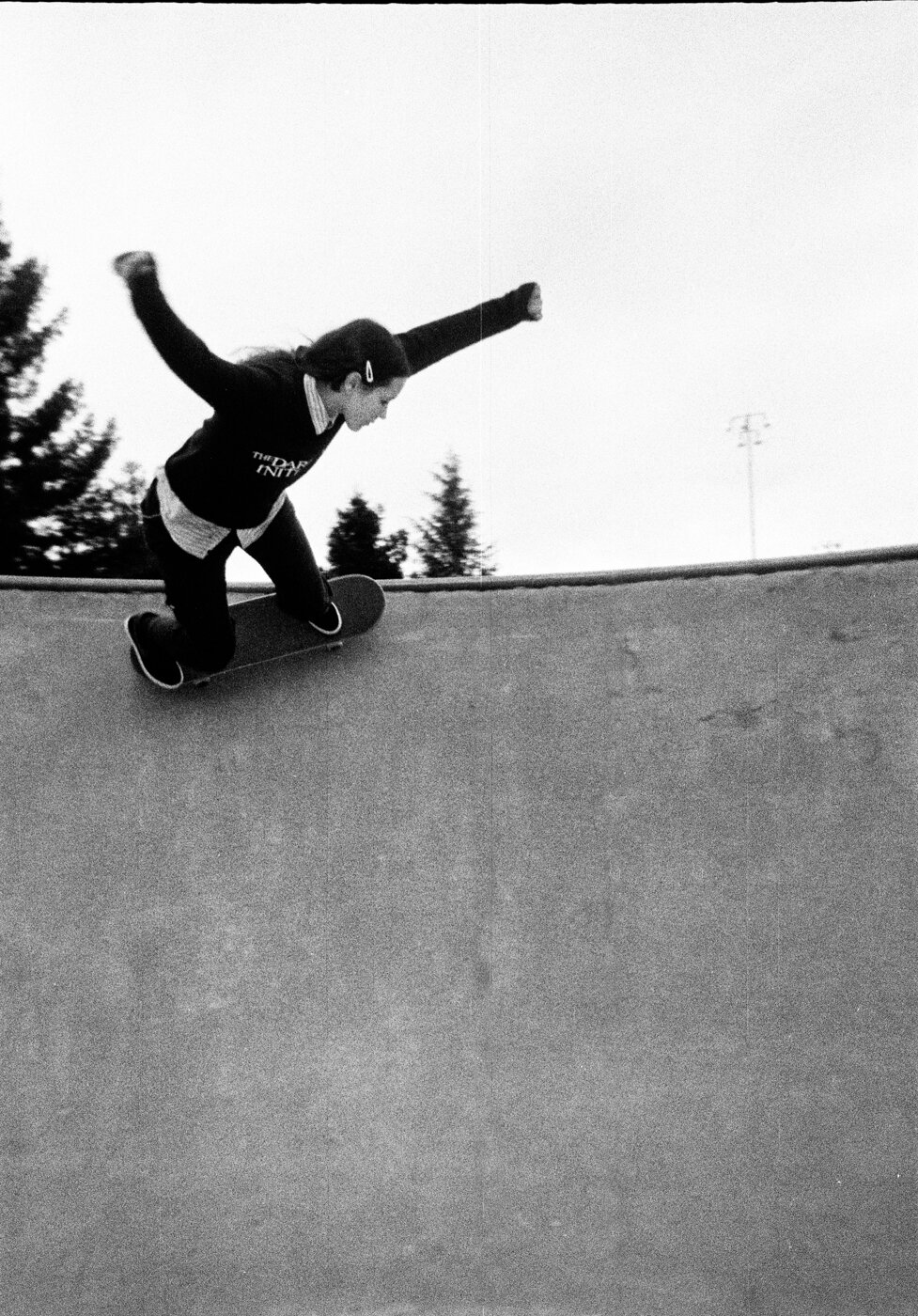
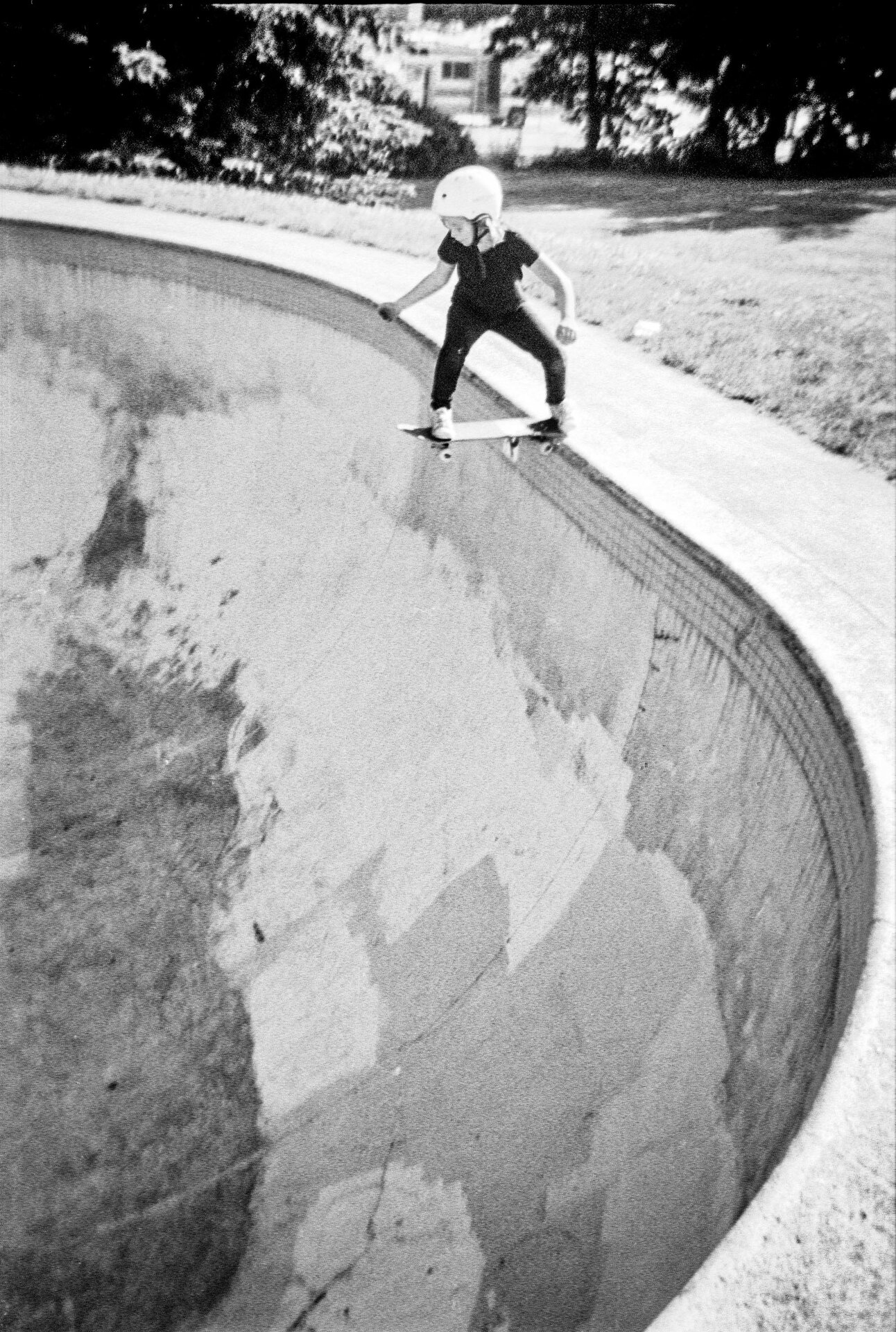
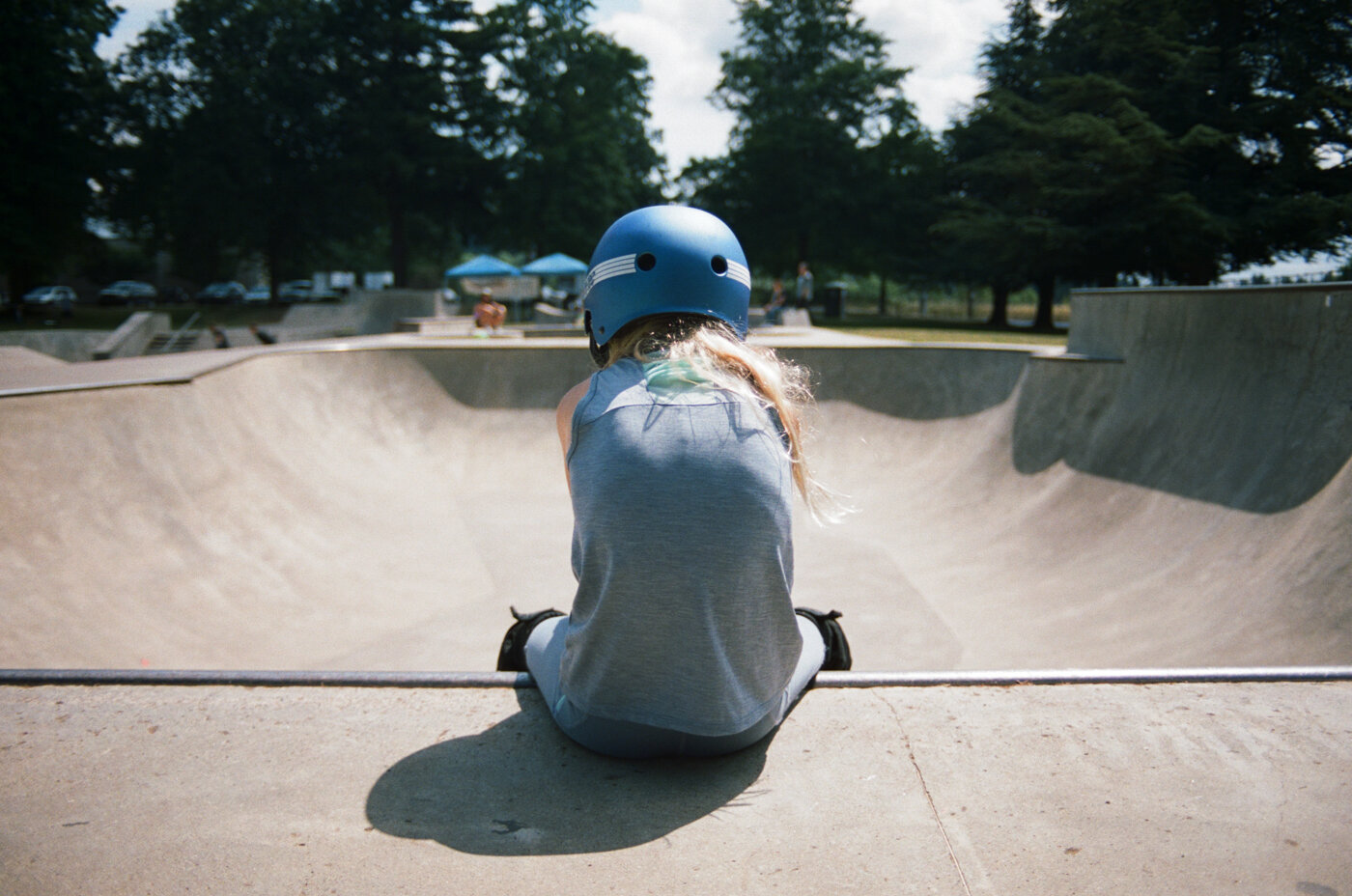
Most skateboarders are men, but gender diversity is increasing every year. It's easier to be part of the gender minority today than it has been for decades. Easier, but still not easy. Each time we go skating, we risk subjecting ourselves to exclusionary behaviors at the hands of cis-gender men and boys who dominate the culture. That needs to change.
As a woman, it's not my responsibility to force the men and boys to treat people of all genders with respect, or to force the skate industry to practice inclusivity. That responsibility lies with the men who are allies for equity. What I will do, though, is to help create solidarity among the rest of us. In order to commit to the work, I created a rule for myself. For one year, every time I went skating, I spoke with every gender-minority skater at the park. I collected one year of photographs and interviews which I compiled into a zine series titled "Skating with Shes and Hers."
All the photographs were on film, taken then and there during the skate session. Throughout the year I skated in multiple states and countries, with friends and with strangers, in a variety of weather conditions, through a year's worth of personal moods, and I brought in my skate bag a wide range of analogue cameras. This collection of photos includes shots from two reloadable disposable cameras, a Nishika N8000, an Olympus Pen FT, and my trusty Canon AE-1.
During my year of documentation, I met so many wonderful people. Some were completely at ease with their place in the skate scene, but most had stories ranging from uncomfortable to heartbreaking. For many of us, just showing up is an act of rebellion. But we don't want to be rebels all the time. We don't want to be brave; we won't want to be badass. Sometimes we just want to have fun and skate.
